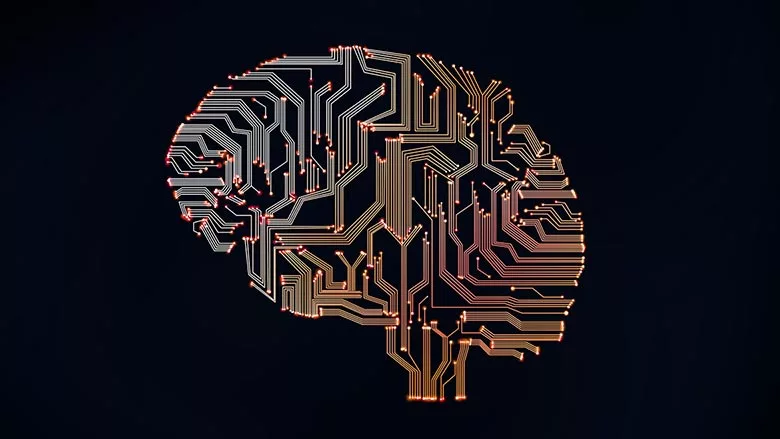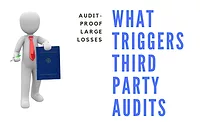Effective Restoration Software Hinges on the Human Factor

Photo credit: Prostock-Studio / iStock / Getty Images Plus via Getty Images
There have been many changes in our young but ever-growing disaster recovery industry. Advances in the technology and software sector have transformed how we manage restoration businesses. Coming from the old-school world of three-ring binders, fax machines, pagers and AT&T calling cards, I couldn’t be happier to see all of the new technology and software available for restorers and insurance professionals.
Today’s restoration software helps users estimate and manage recovery projects more efficiently than ever, depending on the operator of course. We have applications that help us track our project costs, manage equipment needs, monitor equipment performance, improve employee productivity, create cost estimates, document job progress and produce final invoicing. This new technology is awesome, but the most important thing to remember is, all software relies on good data entry, as garbage data in will result in garbage data out.
Whether creating a project cost estimate or cost tracking, the human factor always plays a role in how effective restoration software is. Therefore, education and training are the key components to maximizing today’s software applications, while, at the same time, minimizing the garbage-in effect. Behind the software, there needs to be a user that truly knows what they are doing – one that can determine what is good data and what is not.
For me, there is never enough time in the day. Software applications that save me time are priceless. I don’t know anyone in the restoration industry with too much time on their hands. There is never enough time; this is the one consistency in our industry over the past 40 years. Software applications are here to save us time and money. Smartphone apps don’t make you smarter, but they do help us with time management, allowing businesses and individuals to think more, create more and build more. GPS apps have not eliminated the need for reading street maps, but GPS has helped us spend less time reading maps, allowing us to move forward, focusing on more important details and new destinations.
Note: Make sure you have an atlas in your car just in case. Note to the younger generation: An atlas is a book with road maps in it, so you can find your way home should your GPS system go down for a few days. Technology is not perfect and/or complete, it is in constant evolution so we must always be ready for the “what-if” scenarios that will inevitably occur.
Documentation of work performed is where today’s software has made the biggest impact regarding property damage restoration projects. Documenting labor quantities, equipment usage, supplies and materials usage, and subsistence costs are vital in supporting the invoicing process. There is a saying in the time and materials and consulting world that bluntly says, if you don’t document it it didn’t happen, and in many cases, if you don’t have the originating documents it can’t be invoiced. We have come a long way since the three-ring binder and fax machine. Today, we have awesome choices in project management and CRM software, all of which are light years ahead of where we were decades ago, and it is only getting better.
Most users today don’t realize how good they have it, how much time they are saving and how productive they actually are. It is hard to a imagine a world with no cell phones, laptops, tablets or even pagers, but that is where the restoration industry came from and believe me, “the old school” wishes we had all of the software advantages that we have today. “Back in the day,” the lack of technology gave birth to the “best practices” of the industry. Created, out of necessity, the “best practices” formed the foundation of today’s property damage restoration industry. In order to unlock the true potential of today’s software, users must understand these established “best practices” and apply what is known and proven to minimize the garbage data-in effect.
Relying on technology too much can be a problem, but should not deter us from using everything at our disposal to help us work more efficiently.
Utilizing software applications should not be feared or avoided. Relying on technology too much can be a problem, but should not deter us from using everything at our disposal to help us work more efficiently. Be prepared for those moments when the software application may not be available by educating our teams to fill knowledge gaps and understand what they don’t know. Don’t be the “get off my lawn” guy. And avoid being the person that thought the “horseless carriage” (automobile) was just a fad and/or wouldn’t replace the horse and buggy, or who said, “Smartphones are for kids.”
The fear of technology should not hold you back. Conversely, don’t let technology make you dumb. Never stop learning and relearning. Software applications are designed to save us time so we can move forward to do more, create more and achieve more. As an old-school restoration veteran, I still like my three-ring binders, but I embrace the technology of today and have even developed some killer estimating software of my own.
Imagine, 40 years from now, looking back on today, how archaic the technology will look to future restorers and insurance professionals. I, for one, love it and can’t wait to see where we go from here. In closing, I leave you with an everyday checklist for today’s restorer/insurance professional:
- Utilize technology/software/apps.
- Don’t rely solely on technology; make sure you know what you are doing.
- Educate your team; never stop learning and relearning.
- Knowledge is the gap filler, understand the “best practices” of the industry
- Apps are not designed to make us smarter; they are designed to save us time so we can do more.
- Don’t let the fear of new technology prevent you from staying ahead of the pack.
- Don’t let technology make you dumb.
- There is always the human factor; avoid the garbage-in, garbage-out data entry effect.
- Know what you know, but more importantly, understand what you don’t know.
- And …most importantly, enjoy the moment; these are amazing times!
Looking for a reprint of this article?
From high-res PDFs to custom plaques, order your copy today!








